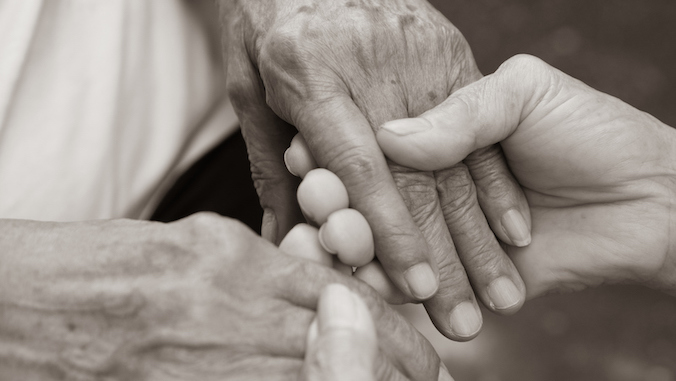
March is designated as National Social Work Month, and the need for social workers is growing. The University of Hawaiʻi at Mānoa recognizes the dedication of all social workers across the state.
A new report, Social Work in Hawaiʻi: A Workforce Profile (PDF) by Thompson School of Social Work & Public Health faculty members Robin Arndt, Cliff Bersamira, Theresa Kreif and Rebecca Stotzer details the current state of the social work profession in Hawaiʻi with data and an historical analysis of the field.
Highlights of report
Some of the research topics covered include social work education programs, job market statistics and barriers to obtaining licensure. The findings include:

- The need for social workers is growing. The U.S. Bureau of Labor Statistics predicts this demand will increase 12% in the next 10 years. At a time when staffing shortages plague the profession, accurate information about social work’s career trajectories is vital.
- Better data is needed. Identifying and quantifying individuals with a social work background who are employed in other roles such as a counselor, outreach worker or behavioral health specialist, remains a significant challenge and represents one of the most significant gaps in social work data.
- Licensing laws require revisions. Although the current social work licensing laws have provided a solid foundation for the profession and its scope of practice in the state, they require revision to enhance their original purpose and improve their implementation. For example, it is imperative to clarify and distinguish between licensed social worker (LSW) and licensed clinical social worker (LCSW), and clearly define the scope of practice for positions that necessitate these licenses. Further efforts must be made to strengthen the laws and ensure their proper implementation.
“As we work toward the growth of the social work workforce in Hawaiʻi and the Pacific, we continue to build upon social work strengths of interdisciplinary collaborations, to continue to grow pathways from high school through academic degrees,” said Interim Dean Tetine Sentell.
Growing the local workforce
As a part of its efforts to address workforce needs and assist students in connecting with future employers, the Thompson School recently hosted the Social Work and Public Health Career & Practicum Fair to connect students to local social service-connected organizations. More than 30 agencies attended, offering students a variety of internship and employment opportunities.
“This workforce report clearly shows the significance of investing in social work education,” said Jing Guo, associate professor and social work department chair. “As the only university in Hawaiʻi which has three levels of social work educational programs, (BSW, MSW and a PhD in social welfare), UH Mānoa is committed to its mission of educational excellence and training future social workers.”
Future directions
The Department of Social Work is hopeful that its workforce report will help identify the next steps in developing the social work workforce by emphasizing the need for more accurate data and information about the field.
“The more we know about the needs of individuals and communities, the more we are able to work closely with employers, including state agencies and nonprofit organizations, to collaborate to be part of the solution to addressing needs in the social work connected workforce,” added co-authors Arndt and Krief.
—By Maria Pou

